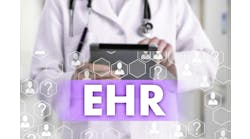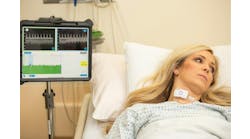With the ongoing adoption of telemedicine by health systems and private practices, the physicians of the future need education and training on the clinical aspects of telemedicine to ensure proper quality of care, according to a viewpoint published in the Journal of the American Medical Association.
The authors, from the University of California, San Francisco School of Medicine, discuss the promises and pitfalls presented by telemedicine in the viewpoint as well as the implications for medical education. The authors also propose strategies for incorporating telemedicine into existing Accreditation Council for Graduate Medical Education (ACGME) competencies for medical education.
According to the authors, telemedicine creates opportunities for more patient-centered medicine, citing the example of care for a child with cystic fibrosis that includes regular telemedicine visits to optimize home management of the disease. “Web-based telemedicine platforms could enable clinicians to see into a patient’s home, assess the home environment risk factors and talk to family members,” the authors wrote.
However, there are potential pitfalls to the use of telemedicine, the authors point out, such as increasing physician workload. “More ominously, telemedicine strategies that fail to meet the professional standards for a clinical encounter jeopardize patient care,” the authors wrote.
According to the authors,“educators across the continuum of medical education must help prepare physicians to engage in the safe and effective use of telemedicine.”
Future physicians need to be prepared for the clinical aspects of telemedicine, the authors state. “Physicians can be trained to assess a patient through clinical mediators, such as a nurse who positions an electronic stethoscope to transmit heart sounds. Standardized patient encounters using telemedicine platforms could allow trainees to practice remote evaluation and manage difficult discussions, such as counseling an uninsured patient to seek emergency care for dyspnea despite the cost,” the authors wrote.
As previously reported by Healthcare Informatics, the American Medical Association (AMA) last month announced 20 medical schools were selected to joint its Accelerating Change in Medical Education Consortium to reshape how physicians are trained, including the use of health IT, to improve health outcomes. The AMA launched the Accelerating Change in Medical Education initiative in 2013 with the aim of bridging the gap that exists between how medical school students are trained and how healthcare is delivered. Through grants, the schools will launch specialized programs, including one to help medical students develop skills in using telemedicine tools for patients in rural or remote communities.

